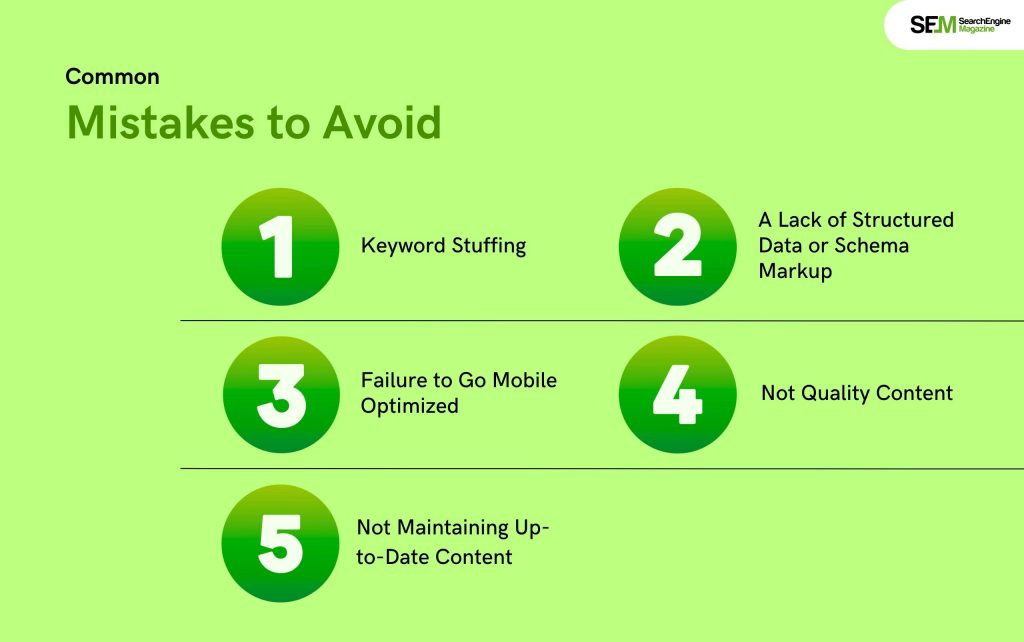Ahrefs Vs Semrush: Which Is The Better SEO Tool In 2025?
Apr 08, 2025

Apr 08, 2025

Mar 29, 2025

Mar 29, 2025

Mar 29, 2025

Mar 29, 2025

Mar 29, 2025

Mar 27, 2025

Mar 27, 2025
Sorry, but nothing matched your search "". Please try again with some different keywords.


Visibility in the age of artificial intelligence is no longer just ranking on traditional search engines; it’s also about optimizing for AI-driven overviews and summaries.
Now that AI systems are good at summarizing and presenting information, ranking well in these AI-generated overviews has become the new part of digital marketing and SEO strategy.
We will explore how to rank in AI overviews work, how to rank in them, and the best strategies to maximize your visibility in this new landscape.

AI summaries are brief, algorithmically generate abstracts or excerpts of information scrap from the internet that can appear at the top of a search or in direct response to a query from a user.
Summaries are usually developed using an NLP model such as GPT, BERT, or another AI network engineer to interpret and emulate human writing.
For example, when you ask a search engine a straight question, you might be given an AI-generate answer at the very top of the search results: some snippet or feature answer box pull from authoritative content on the web that summarizes key facts, statistics, or explanation relevant to your query.
These overviews give users quick, accurate, and relevant information without clicking a link.

AI systems use sophisticated models trained on large datasets to understand language patterns, context, and meaning. When a user queries a search engine, AI systems analyze the content available on the web and extract the most relevant information. This involves several steps:
The AI system first understands the user’s query to comprehend intent. For instance, if a user asks, “What are AI overviews?” the AI will understand that the query seeks a definition or explanation.
The AI scans the web for relevant and high-quality content. It uses NLP to identify and extract key information directly answering the query.
Having established that relevant content has been identified, the AI then summarizes this content. Such summaries aim to be short, clear, and straightforward answers to the users’ questions, sometimes quoted directly from other reputable sources.
In its final step, the AI ranks and shows its summary based on its pertinence, authoritativeness, and high-quality criteria. The aim is always to give the best answer in the easiest way to digest.
The Role of Content Relevance, Authority, and Format in Shaping AI Overviews
AI overviews is influence by several factors that determine the selection and summarization of content:

When it comes to AI overviews, certain important strategies appear, so here are a few that you need to check out.
Featured snippets are probably the most popular form of AI summary. To optimize snippets, answer simple questions that can be answered with your content.
Write using simple language, and structure your content using headers, bullet points, or numbered lists. Making it easy for AI to pick out what it needs.
Include schema.org structured data markup on your web pages. This makes it easier for AI systems to comprehend the context of your content and increases the chance that it will be selected to provide an AI-generate overview.
Use schema types like FAQ, How-to, or Article to make it easy for AI to recognize and extract key information.
Because AI favors authoritative sources, the first step is to create high-quality content that is well-researched and supported by credible references. Be an authoritative voice in your niche and establish trust with users and search engines if possible.
AI overviews pull content that answers specific, well-defined questions. Identify common questions in your industry and create dedicated content to answer them. Use Q&A formats or FAQ sections to increase the chances of your content being featured.
AI systems love simple content. Write in simple and clear language. The AI summaries will more likely capture short sentences, easy language, and direct answers.
Understand what users intend to find by using their probable queries t and try to match that intent within your content. Is he looking for information, a product, or perhaps a service? Provide the same content to him as per those needs.


You must regularly update your content. AI systems love fresh, current content. Update your content with fresh trends, statistics, and information so that it keeps relevance in AI overviews.
Now that you know how to rank in AI overviews and that it involves traditional SEO techniques blended with how the AI system produces content.
Relevance, authority, content structure, and the user’s intent will be major parameters that will increase your chance of being featured in AI overviews.
Keep your content fresh, and make the most of structured data optimization. Avoid the usual blunders to keep abreast of this emerging marketplace. As AI evolves, staying ahead of the trends and best practices will keep your content visible and valuable for overviews.
You May like To Read This:
Nabamita Sinha loves to write about lifestyle and pop-culture. In her free time, she loves to watch movies and TV series and experiment with food. Her favorite niche topics are fashion, lifestyle, travel, and gossip content. Her style of writing is creative and quirky.
View all Posts
Ahrefs Vs Semrush: Which Is The Better SEO To...
Apr 08, 2025
How Data-Driven Hiring Reduces Costs and Impr...
Mar 29, 2025
Why Headless CMS Works Well for EdTech Startu...
Mar 29, 2025
Building Topical Authority to Excel in Search...
Mar 29, 2025
The Impact of Professional Recruitment Servic...
Mar 29, 2025

